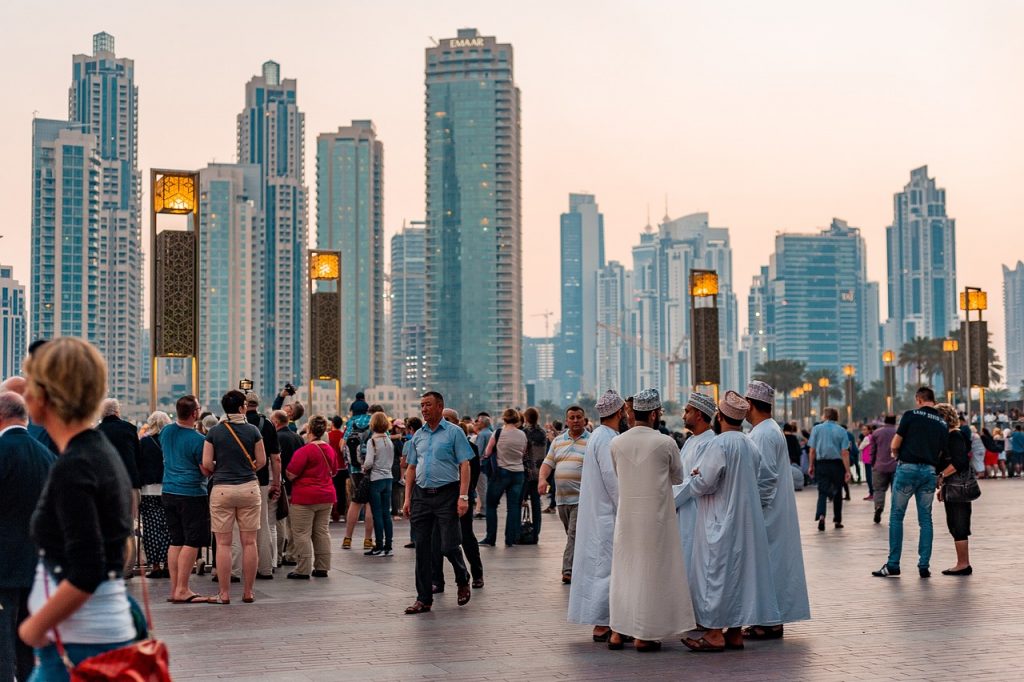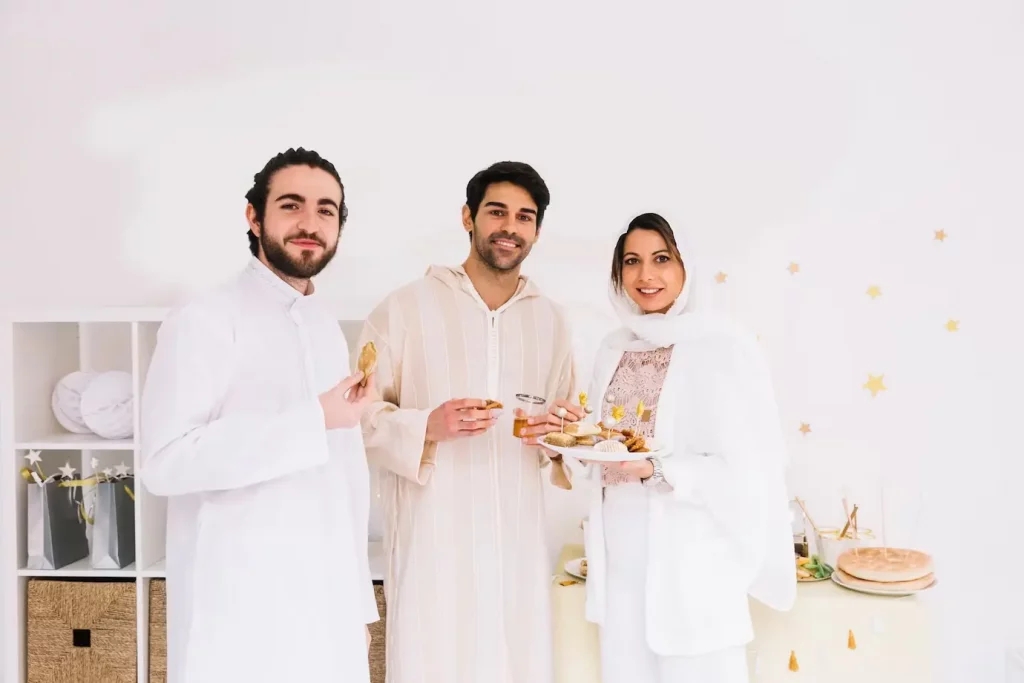An Iconic Garment in Modern Times
Table of Contents
Toggle
The flowing thawb robe is a cultural icon long associated with the Middle East. This ankle-length garment offers an opportunity today to celebrate inclusion, cultural exchange and evolving perspectives on tradition.
Origins and Evolution
The origins of the thobe can be traced back thousands of years to ancient Mesopotamia, where loose-fitting tunics were worn to cope with the hot desert climate. Over centuries of trade and cultural exchange, the style spread throughout the Middle East and evolved in different ways across the region. By the time of the rise of Islam in the 7th century CE, the thobe had become established as a common garment worn by men across the Arabian Peninsula.
With the spread of Islam, the thobe gained religious significance and became associated with principles of modesty and piety. Its use continued under the various Islamic empires that ruled the region in the centuries that followed. While styles and textures changed over time, the basic form of the thobe endured as a conservative, respectable garment for men.

The question today is - who can wear the Thawb garment and what messages does it convey?
The thawb is steeped in cultural tradition, which leads many to believe there are rules around who can appropriately wear it. However, perspectives on this are shifting in modern times. Here are some key considerations:
For Gulf Arabs – The thawb is considered national dress and part of Arab cultural identity. Most Gulf countries citizens wear thawbs in official settings. Beyond that, attitudes differ between generations. Traditionally-minded Arabs believe it should only be worn by men, as upholding culture.
For Non-Arabs – Arabs appreciate foreigners wearing them to express interest in the culture. Expatriates in the Arab countries often wear thawbs out of practicality and to blend in. Tourists sometimes wear them superficially. This can cause offense if not worn respectfully. Intention and context matter.
For Youth – A new generation is reinventing thawb fashion in edgy ways – cropped lengths, streetwear pairings, bold patterns. This artistic expression balances national pride with modern identity. It may displease traditionalists but reflects youth shaping culture on their own terms.
In summary, the question “who can wear a thawb?” has no single answer. Tradition still discourages those outside Arab male culture from wearing it. But modern sensibilities are breaking down barriers, with some celebrating cultural exchange and individuality over rigid rules. The thawb’s evolution ultimately mirrors shifts in Arab identity itself – a bridging of heritage and progress.

Thobe Etiquettes
- Avoid wearing it as a costume or joke – the thawb carries deep cultural meaning for Arabs, so wearing it superficially or as a “fancy dress” can be seen as disrespectful. It should be worn properly and mindfully.
- Wear it in appropriate contexts – such as cultural events, private settings, etc. Wearing a thawb in inappropriate contexts like nightclubs or Halloween parties would be seen as mocking its significance.
- Get proper size and length – the thawb is traditionally a loose, ankle-length robe. Getting one that fits appropriately shows respect for its original form.
- Pair it with suitable accessories – such as a bisht cloak, head scarf (gutra/shemagh) or sandals. This demonstrates understanding of Arab Thawb style etiquette.
- Learn about its history and meaning – educate yourself on the thawb’s cultural roots and significance rather than just wearing it superficially.
- Ask permission if possible – some Arabs encourage cultural exchange, but others may be offended by outsiders wearing it. Asking politely can clarify if it would be welcomed or not.
- Credit inspiration – if integrating the thawb into modern fashion designs, give credit to the cultural origins. Avoid insensitive appropriation.
- Focus on appreciation not exoticism – wearing a thawb just to appear exotic objectifies Arab culture. Wear it respectfully.
Modern Takes on Tradition
While the classic thobe remains dominant, modern interpretations are also emerging. Some avant-garde designers are creating fashion-forward thobe styles with contemporary flair. The under-25 generation in the Gulf is also carving out its own identity by pairing thobes with streetwear like sneakers and sporting shorter thigh- or knee-length versions.
The thobe today straddles tradition and modernity. For citizens, it retains deep cultural meaning and a way to exhibit national pride. For outsiders and youth, it offers an opportunity for creative expression and cultural appreciation. The diversity of takes on this iconic garment mirrors the tension between heritage and progress that is shaping the future of the Gulf.
In Conclusion
The flowing thawb robe is iconic attire long associated with Arab culture. However, in today’s world of cross-cultural exchange, this garment need not be limited by culture, nationality or religion. The thawb has evolved over centuries and its use today can represent openness, respect and human connection.
Historically, the thawb was worn by Arab men for practicality in desert heat. But clothing is ultimately meant to unite rather than divide humanity. Anyone who dons the thawb respectfully, in appreciation of its heritage, makes a cultural connection transcending barriers.
People of all backgrounds now creatively integrate the thawb into modern fashion. Some wear it to honor Arab roots, some for comfort, some as a display of artistry. No single group can claim sole ownership over this garment.
When worn mindfully, the thawb allows displaying cultural pride without excluding others. If anything, seeing the thawb embraced by all enhances its reach. Clothing at its best evokes human dignity, not division.
So can anyone wear the thawb? Absolutely, if done so considerately. Fashion should spread joy and bring people together. The thawb has evolved for centuries and will continue evolving. Moving forward, its use can represent unity over outdated barriers, the oneness of humanity and a spirit of cultural exchange that enriches society as a whole.
Sources
- Images from FreePik, Unsplash, Openverse, Pixabay, Pexels

